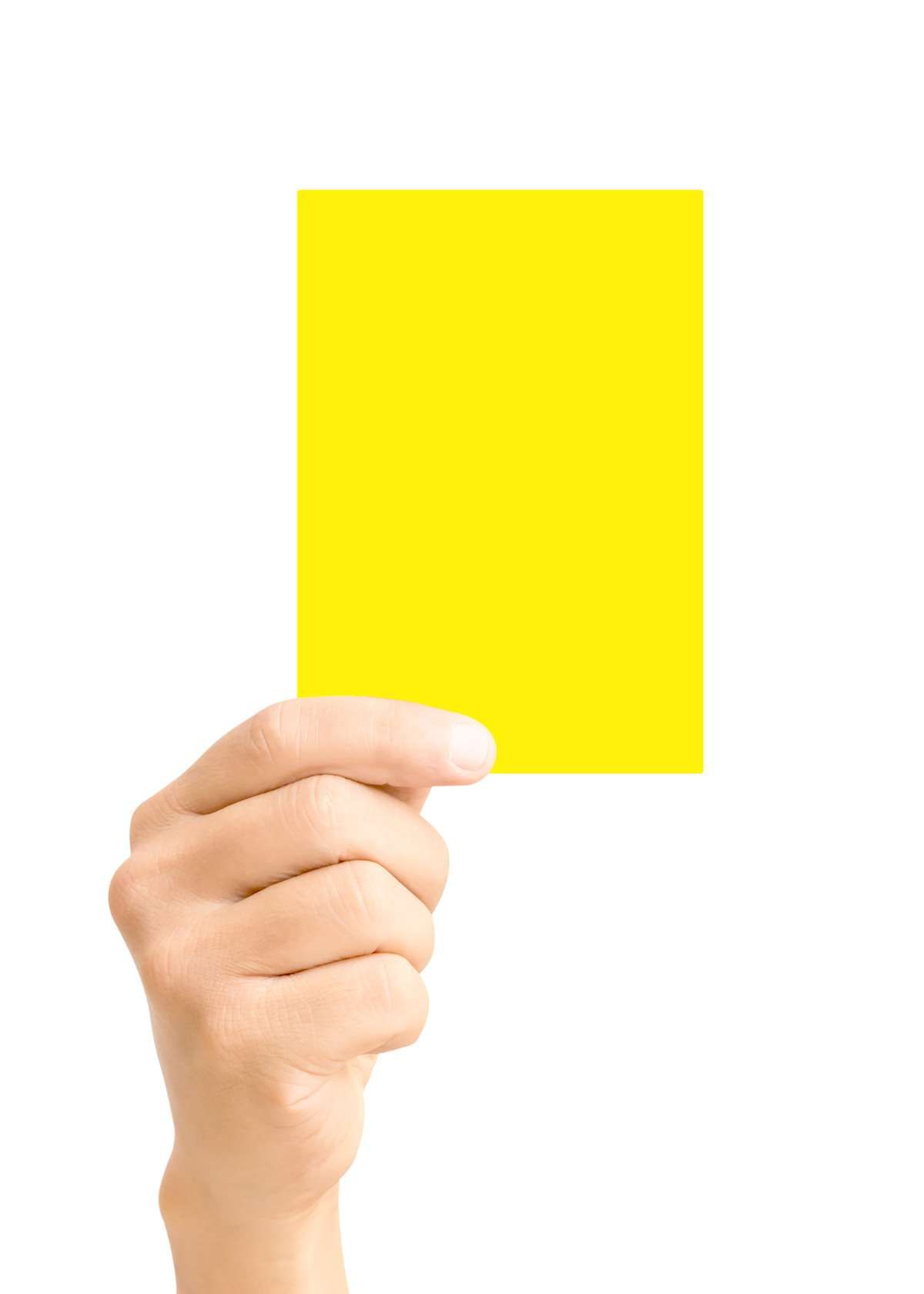Volleyball is a popular sport that is enjoyed by millions of people worldwide. If you are a volleyball enthusiast, you might have heard different terminologies and jargon used during a game, and one of those terminologies is Side Out.
If you are not familiar with or hardly remember what it means, I've got you covered. In this blog post, I will break down what Side Out means in volleyball, its old rules, and the significance of its change to the current scoring system.
Table of Contents
- What is a Side Out in Volleyball?
- What were the Old Side Out Rules in Volleyball?
- Why are the Old Side Out Rules No Longer Relevant?
- What is the Difference Between Side Out Scoring and Rally Scoring?
- Why is Rally Scoring Better than Side Out Scoring in Volleyball?
- Conclusion
What is a Side Out in Volleyball?
So, what is a side out in volleyball? Simply put, a side out occurs when the team that serves fails to win a point or allows the other team to win a rally. In this case, the serving team loses possession of the ball to the other side, and the other team gets to serve.
In the early days of volleyball, side out was the primary scoring system, and teams had to win points while serving to gain possession of the ball and score more points. This system was referred to as side-out scoring.
What were the Old Side Out Rules in Volleyball?
In the past, Side Out rules were the only scoring system used in volleyball. It means that the serving team is the only team that can score points. If the serving team wins the rally, it scores a point and maintains the serve.
But if it loses the rally, it loses the serve, and the opposing team earns a chance to serve and score points. Under the old Side Out rules, the game would go on indefinitely until one team reached 15 points.
However, with the evolution of the game, the old side-out rules became impractical, and a new scoring system was introduced. The rally scoring system replaced side-out scoring.
Why are the Old Side Out Rules No Longer Relevant?
The side-out scoring system was discontinued in 1999 because it created long, drawn-out games and low-scoring matches.
The game was slow-paced, lacked excitement, and favored teams with skilled servers who could score but punished teams for having weak servers. Teams that played safe, scored sporadically, and were consistent defensively, could drag games for hours without either team reaching the winning point.
What's more, teams could still win a match with a score as low as 15 points, which was not enough for a thrilling game. As a result, rally scoring has become the preferred system for many players and coaches, as it is more exciting and straightforward.

What is the Difference Between Side Out Scoring and Rally Scoring?
The current scoring system is called Rally Scoring or Rally Point System, replacing the old side-out rules. In Rally Scoring, both the serving and the receiving teams can score points.
The game is played to 25 points, and teams must win by two points. If a rally scores, the serving team gets to serve for the next point, but if they lose the rally, the opposing team earns the serve and gets a point.
The main difference between side-out scoring and rally scoring is that the serving team no longer has exclusive rights to score points. Instead, both teams can earn points, and the games tend to be faster-paced, more exciting, and higher-scoring compared to when side out was used.
Despite this change, Side Out still holds significance in volleyball, as it is a useful term to describe when one team loses a point or fails to score.
Why is Rally Scoring Better than Side Out Scoring in Volleyball?
Rally Scoring is a more exciting and faster-paced system that favors strategic plays and heightens the competition's overall level.
It is fair to both the serving and receiving teams, and it encourages offensive play rather than defensively dragging the game out. The receiving team can initiate play leading to intense rallies, making games more engaging and exciting for spectators.
Rally Scoring takes the attention away from serving alone and puts it on teamwork, playmaking, and decision-making. Players also get an equal chance on the field, and each point counts towards reaching the final score.
Conclusion
In conclusion, a side out in volleyball refers to when a team earns a point after winning a serve, and it used to be the primary mode of scoring in volleyball. However, the rule became obsolete and was replaced by the rally scoring system in 1999.
The introduction of rally scoring has changed the way we view the game of volleyball. Rally scoring is better because it levels the playing field, more points scored, and enables a more competitive game. Volleyball enthusiasts appreciate the fast-paced and engaging nature of the game thanks to the rally scoring system.
So, the next time you hear someone mention side out in volleyball, you know what it means and how much of a difference it has made to the sport.
I hope this blog post helps you understand the different scoring systems in volleyball, and I wish you all the best as you continue to enjoy the game! Good luck!
Discover the ultimate volleyball gear collection. Boost your game with our expert-selected favorites.
Check out our other volleyball and sports & fitness blog posts!





















